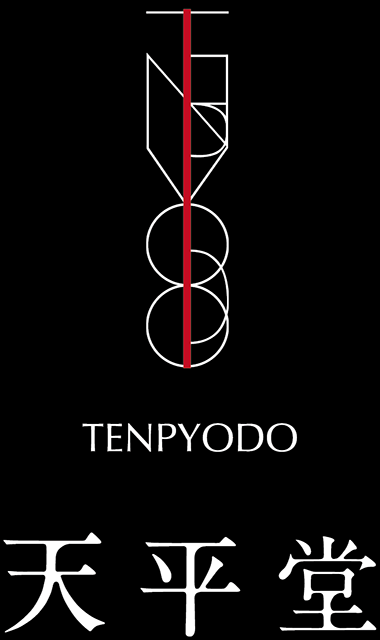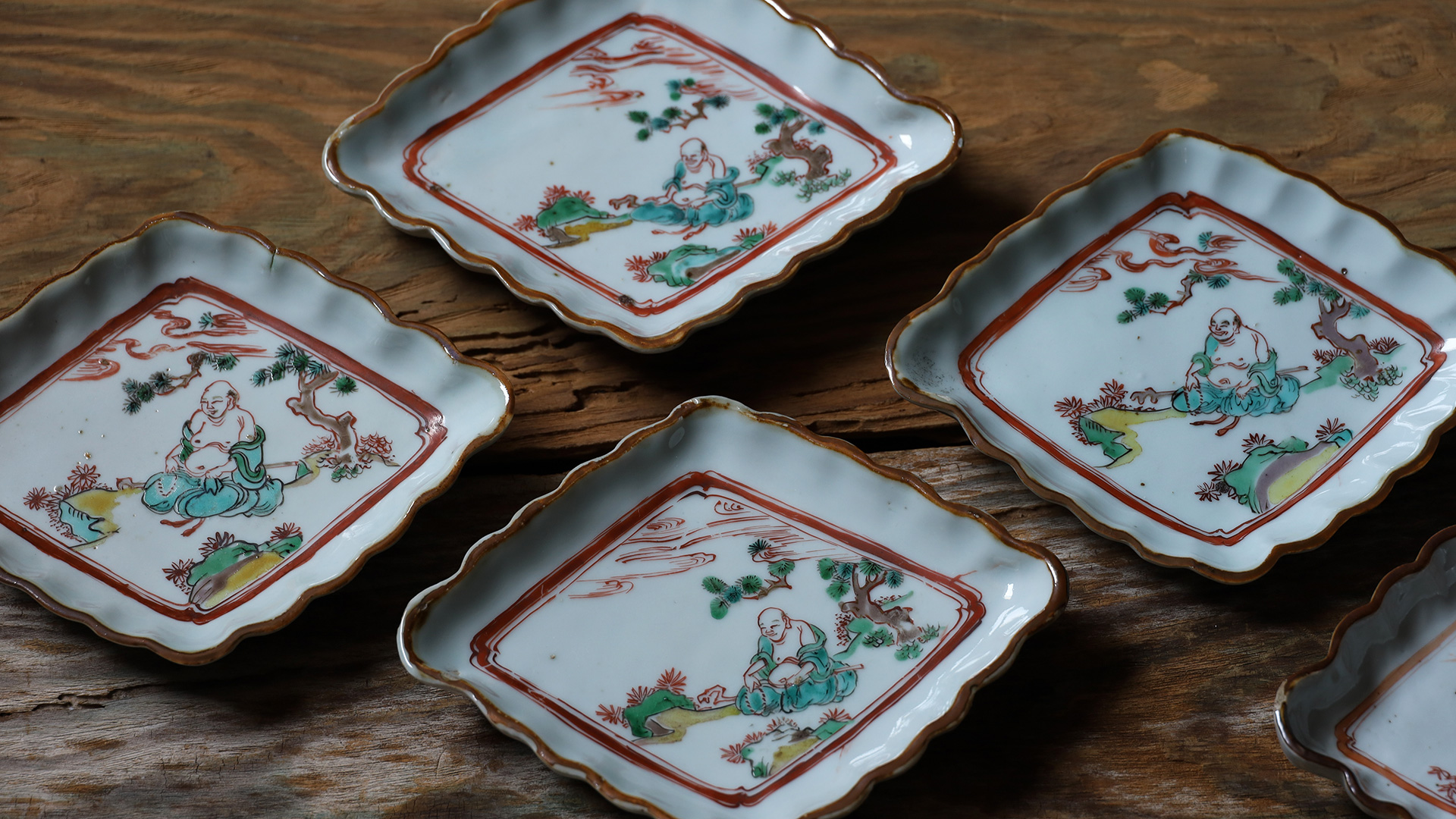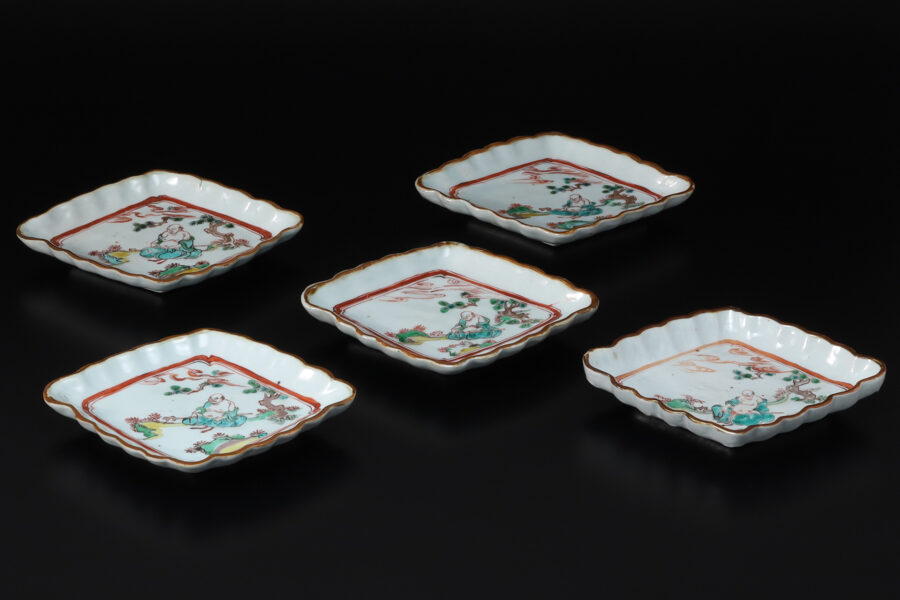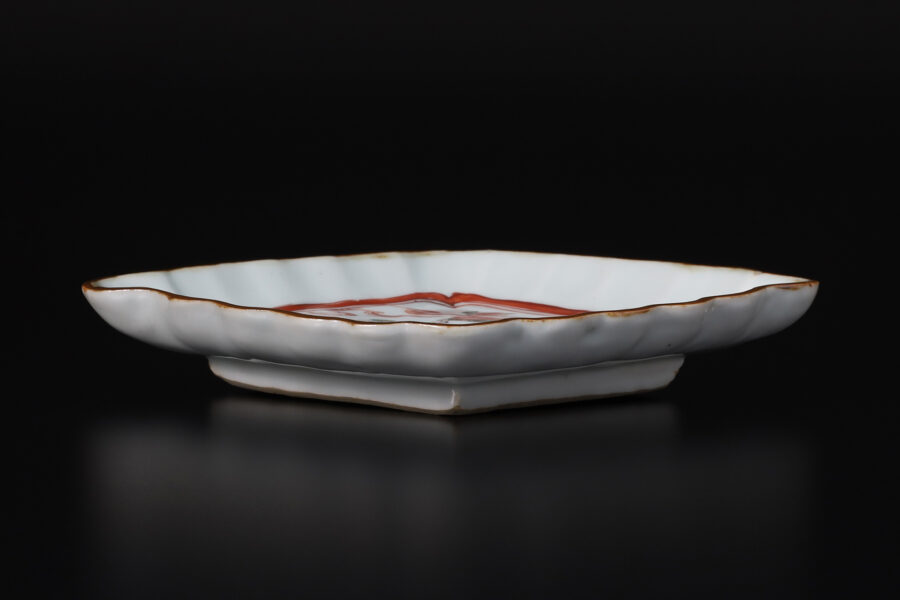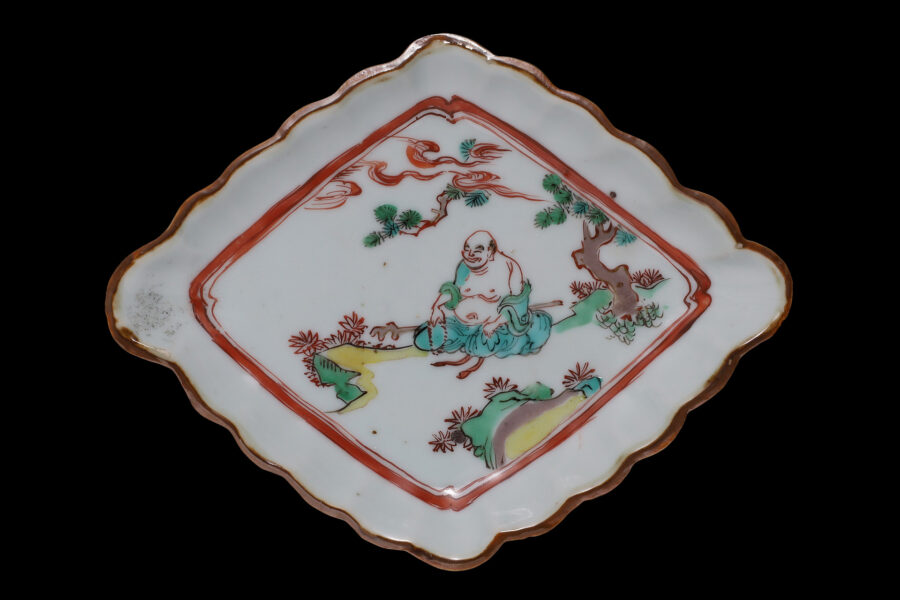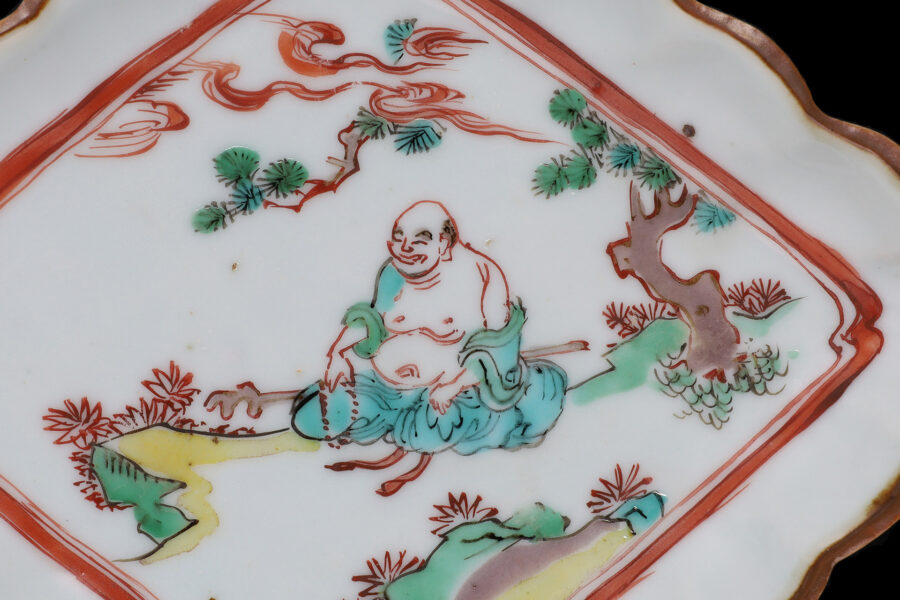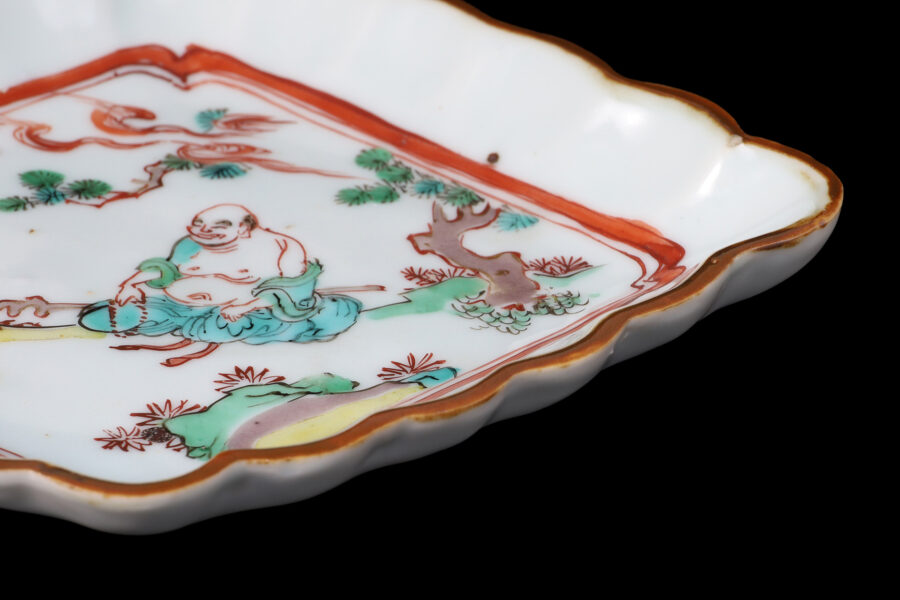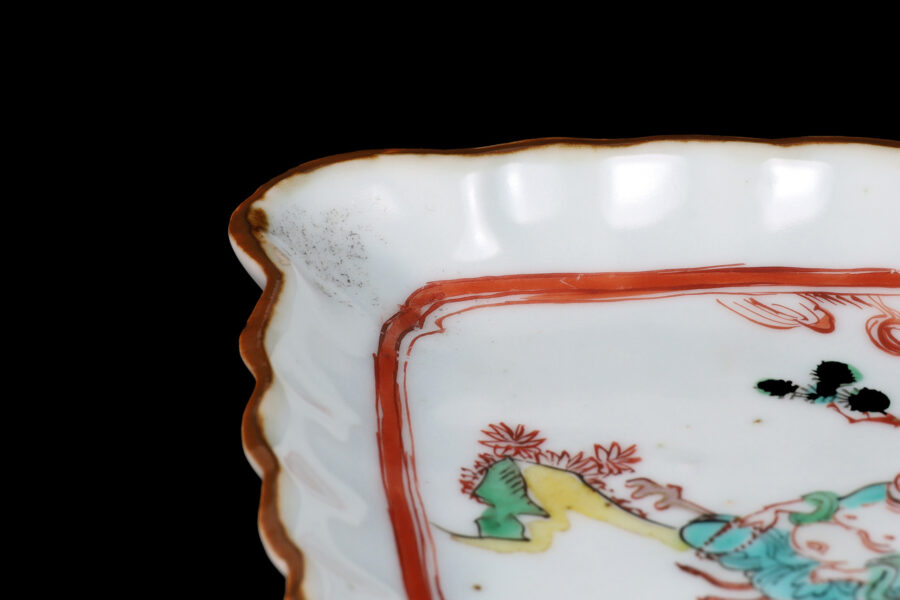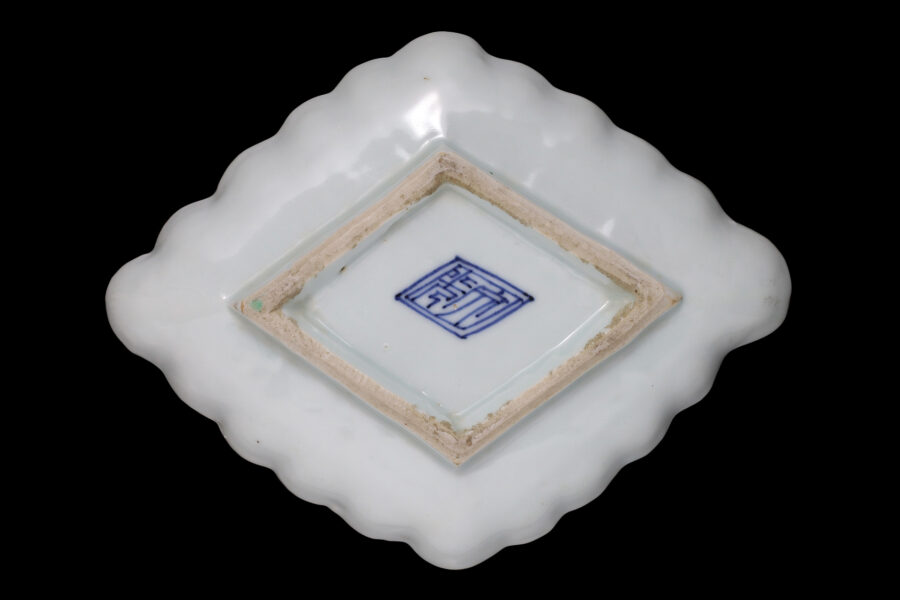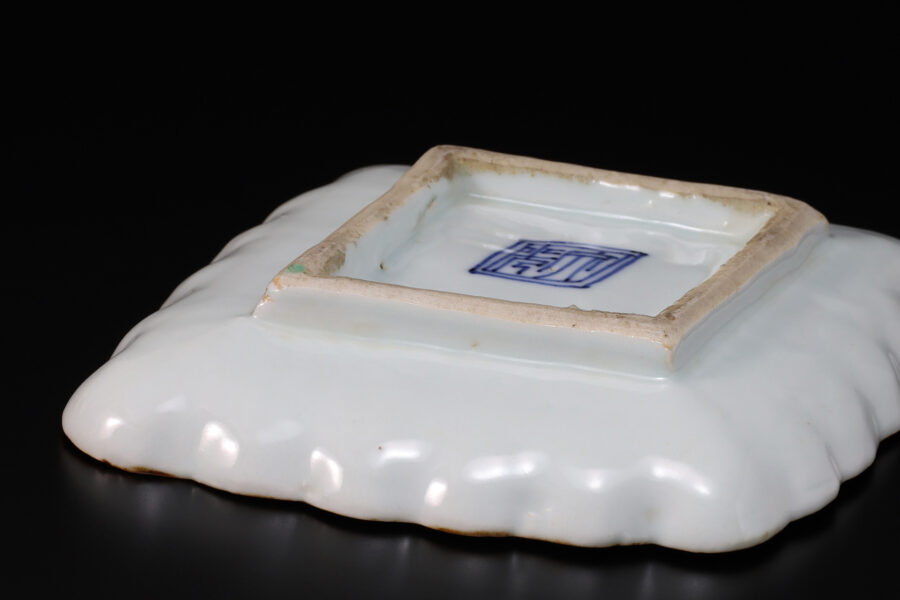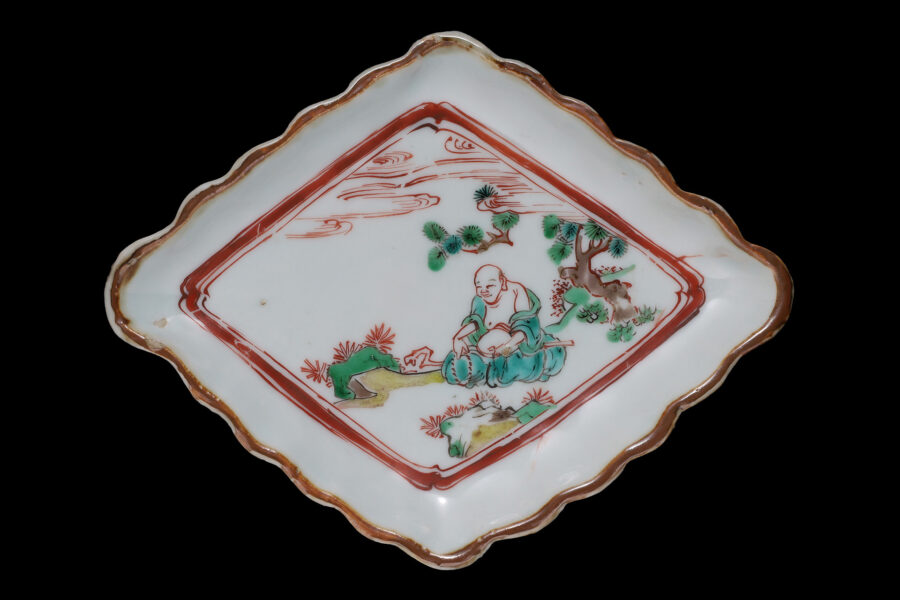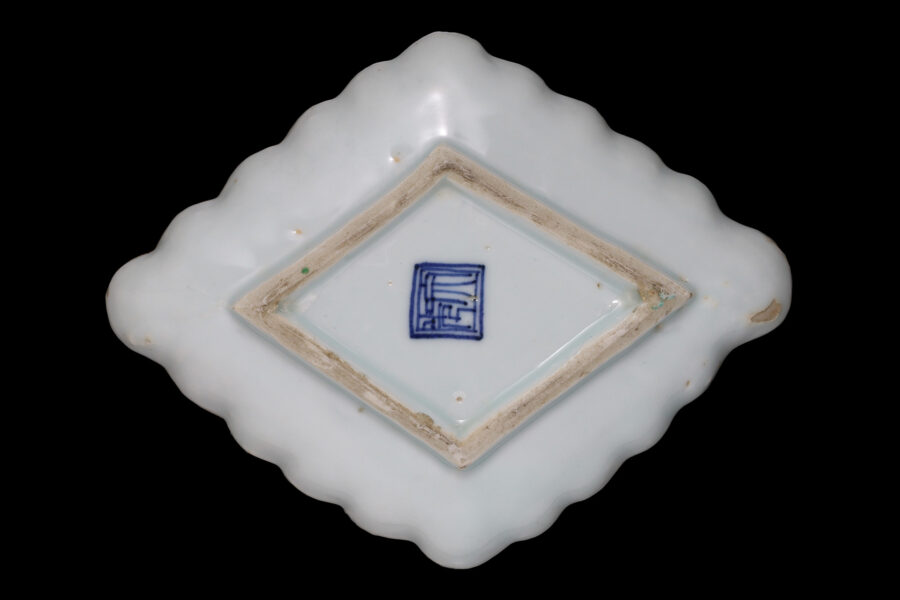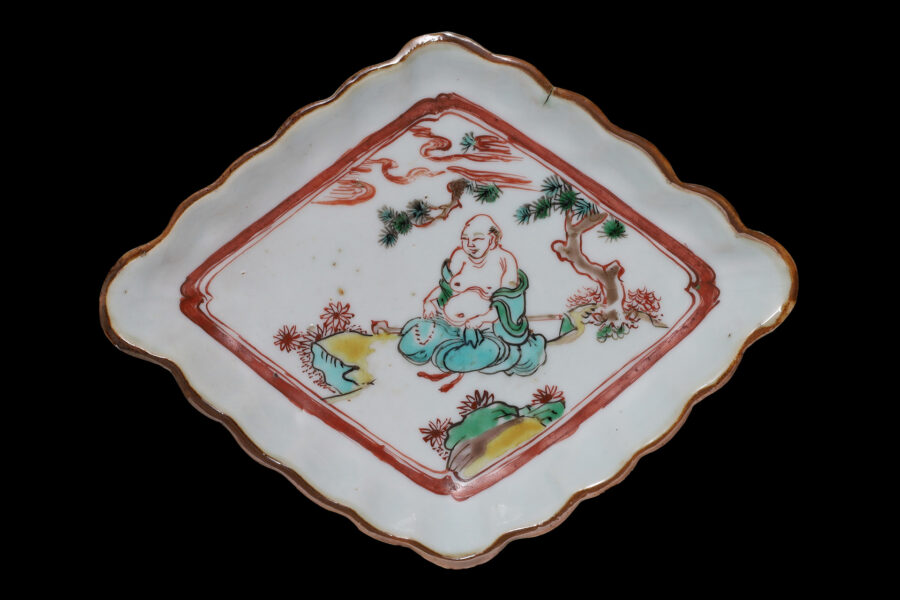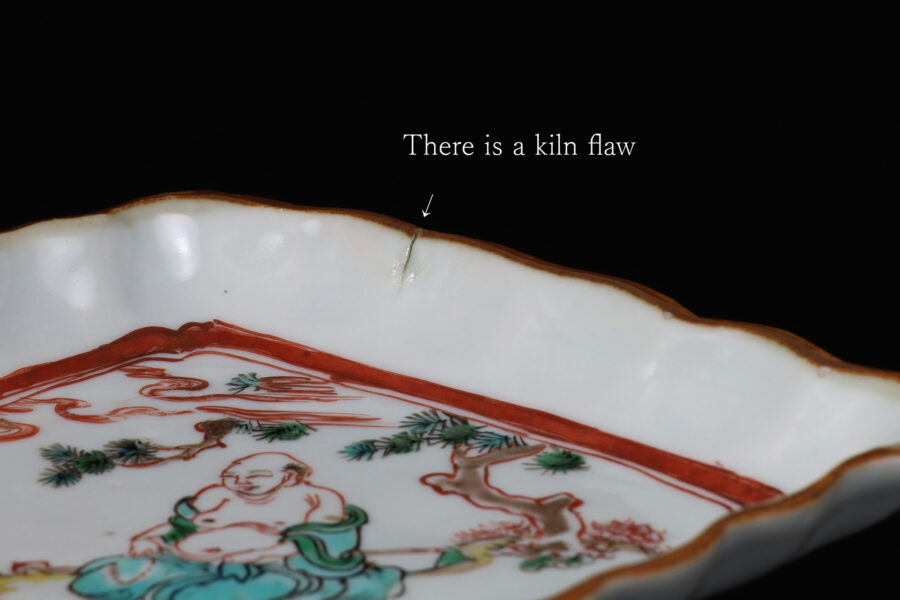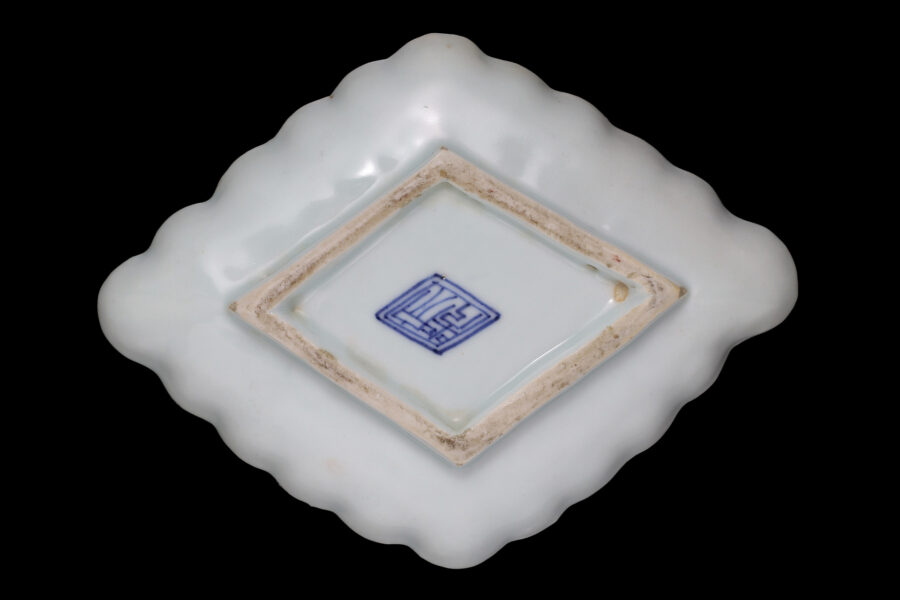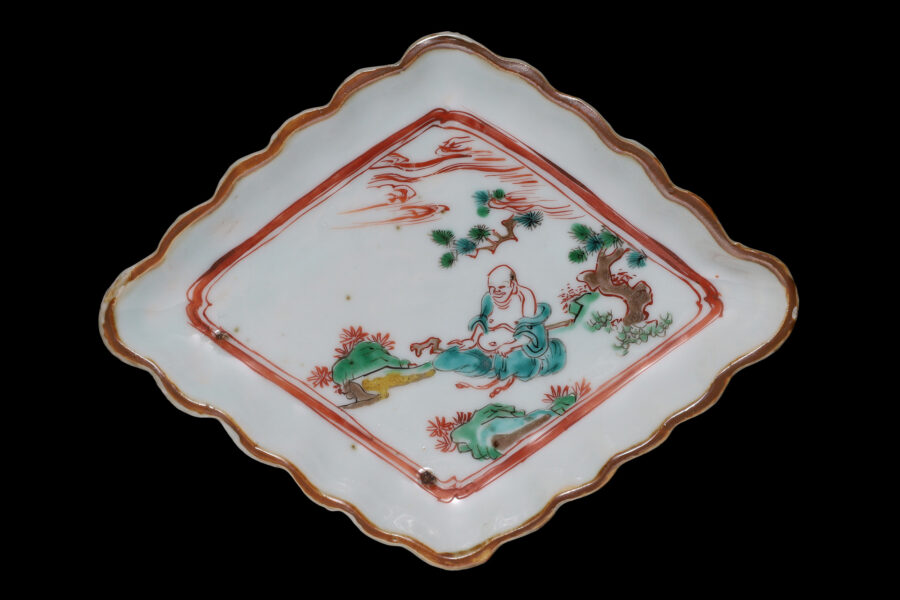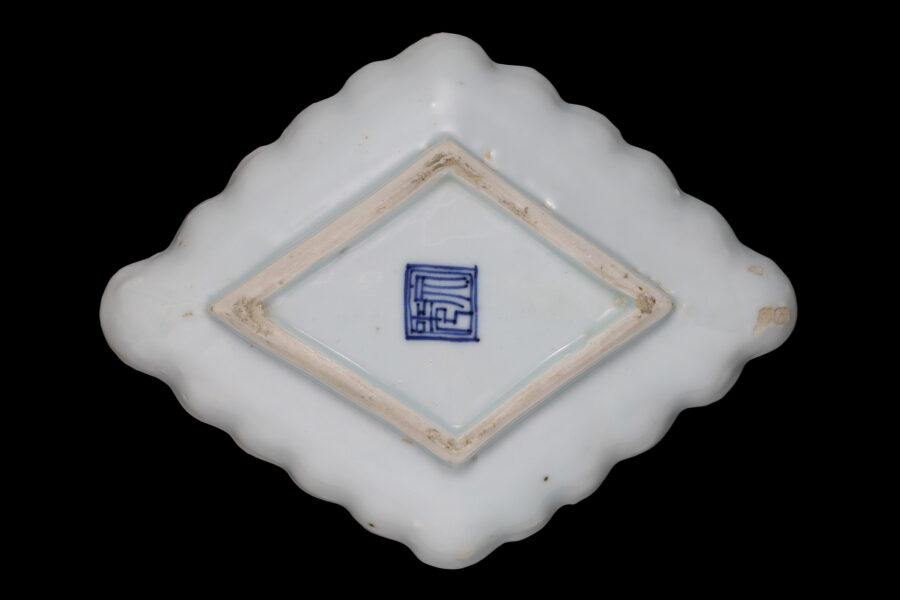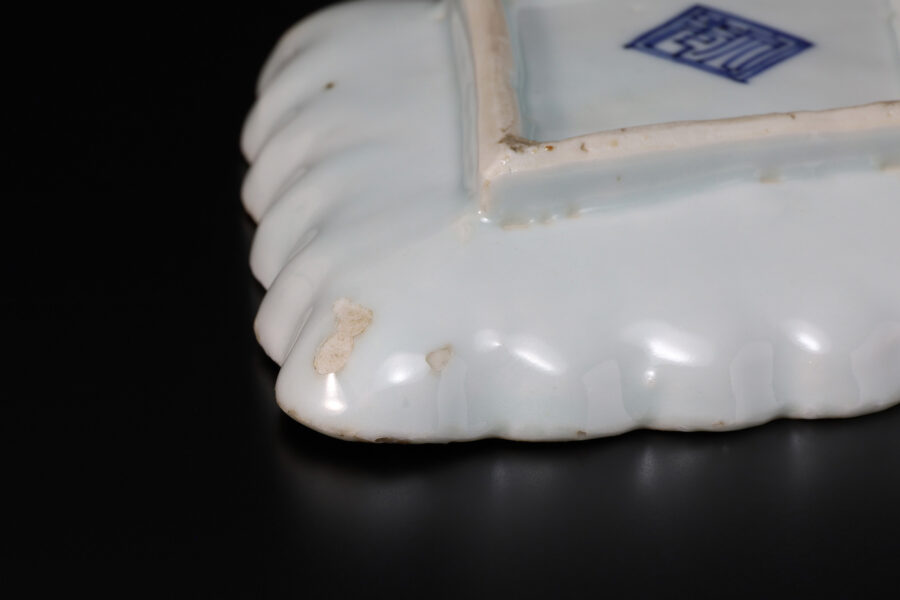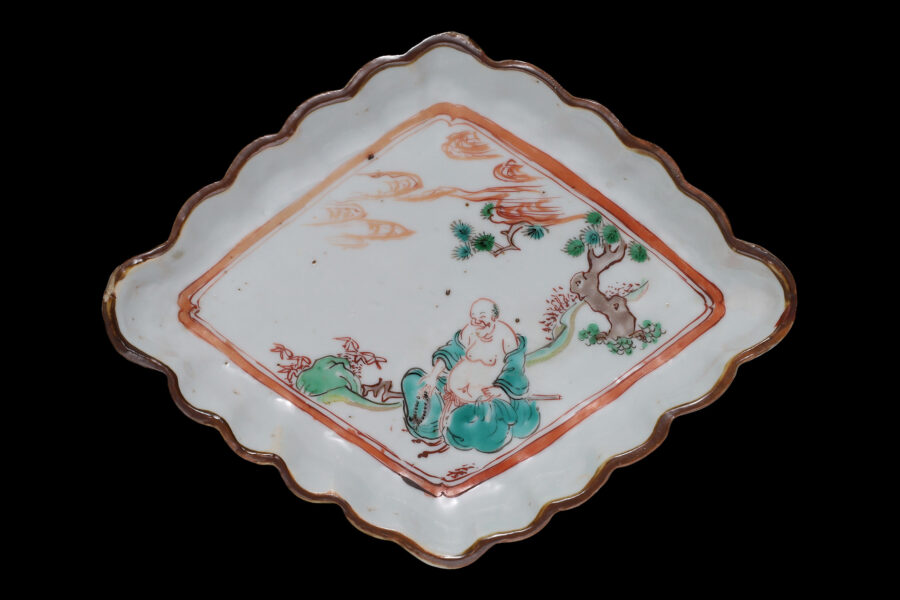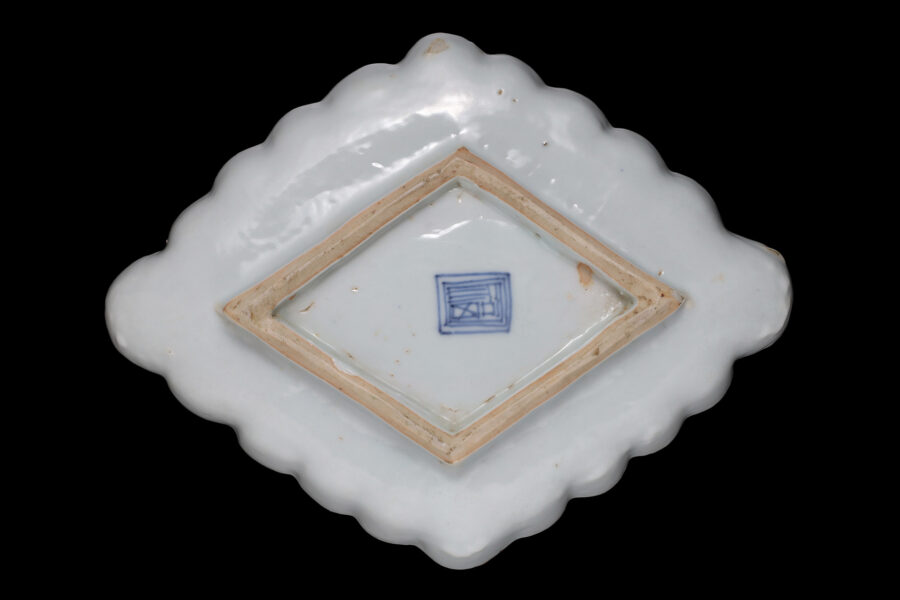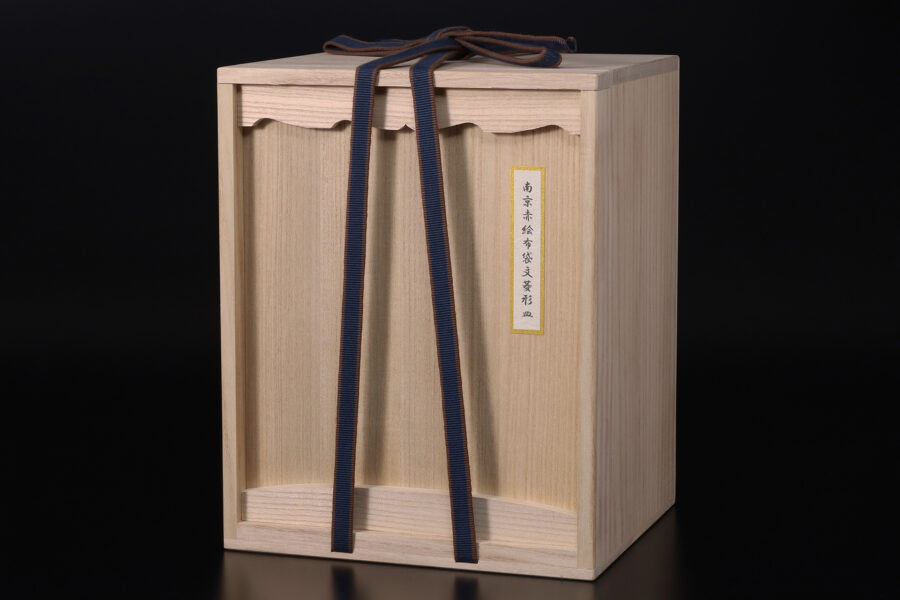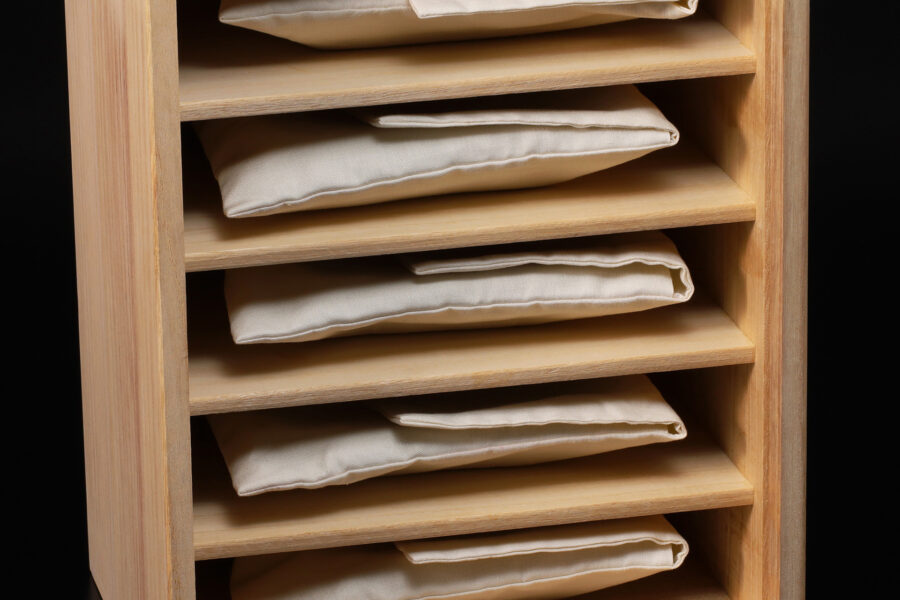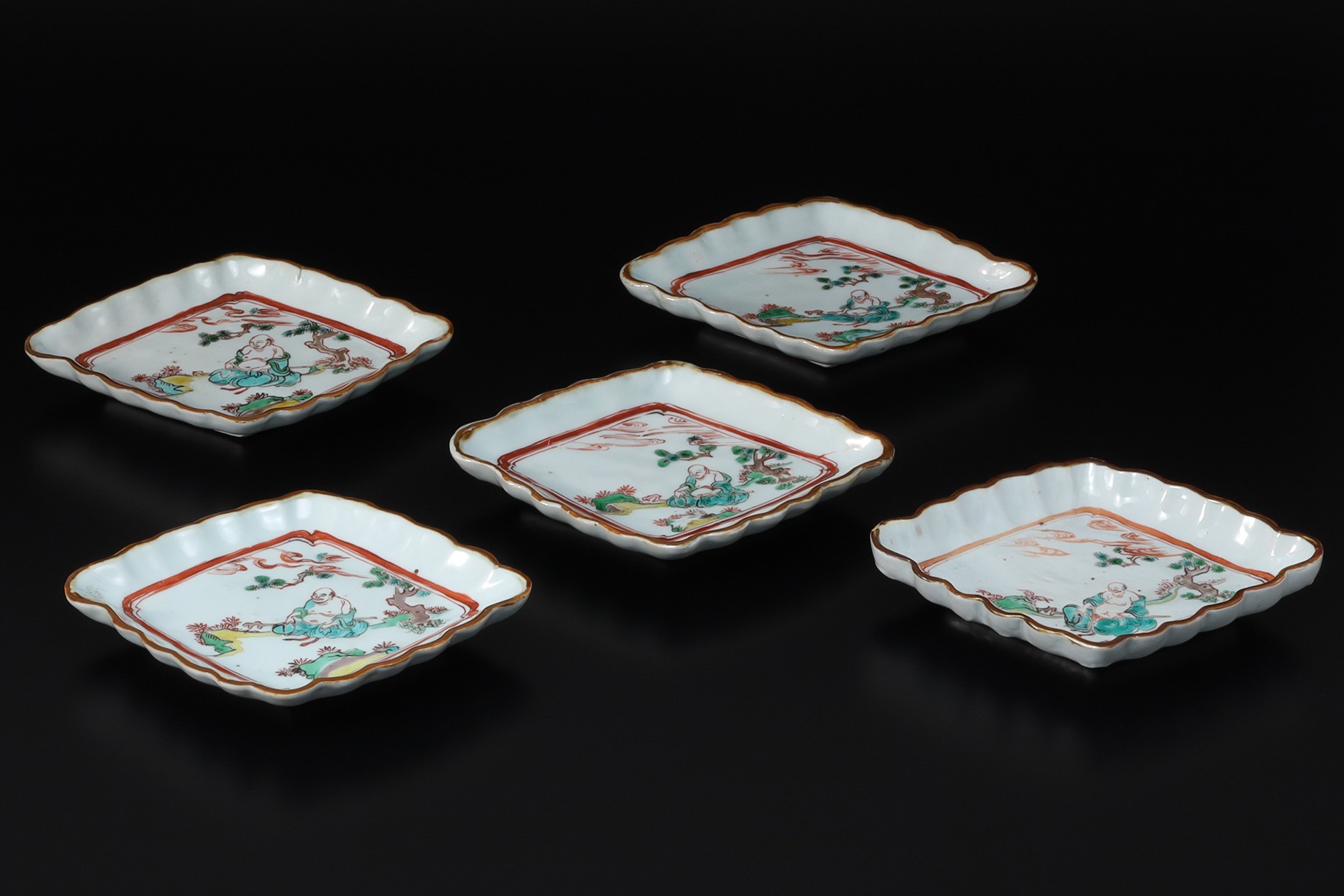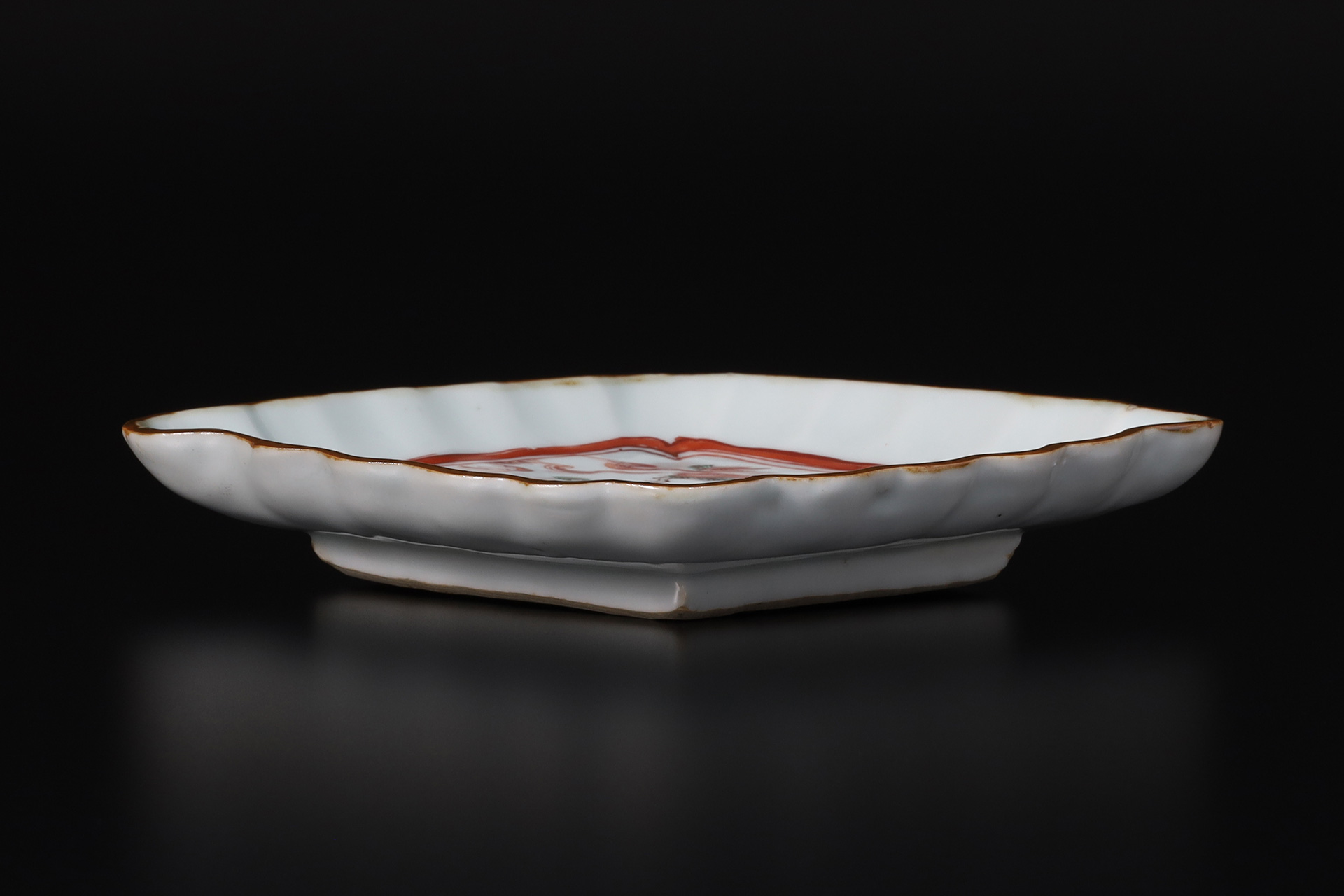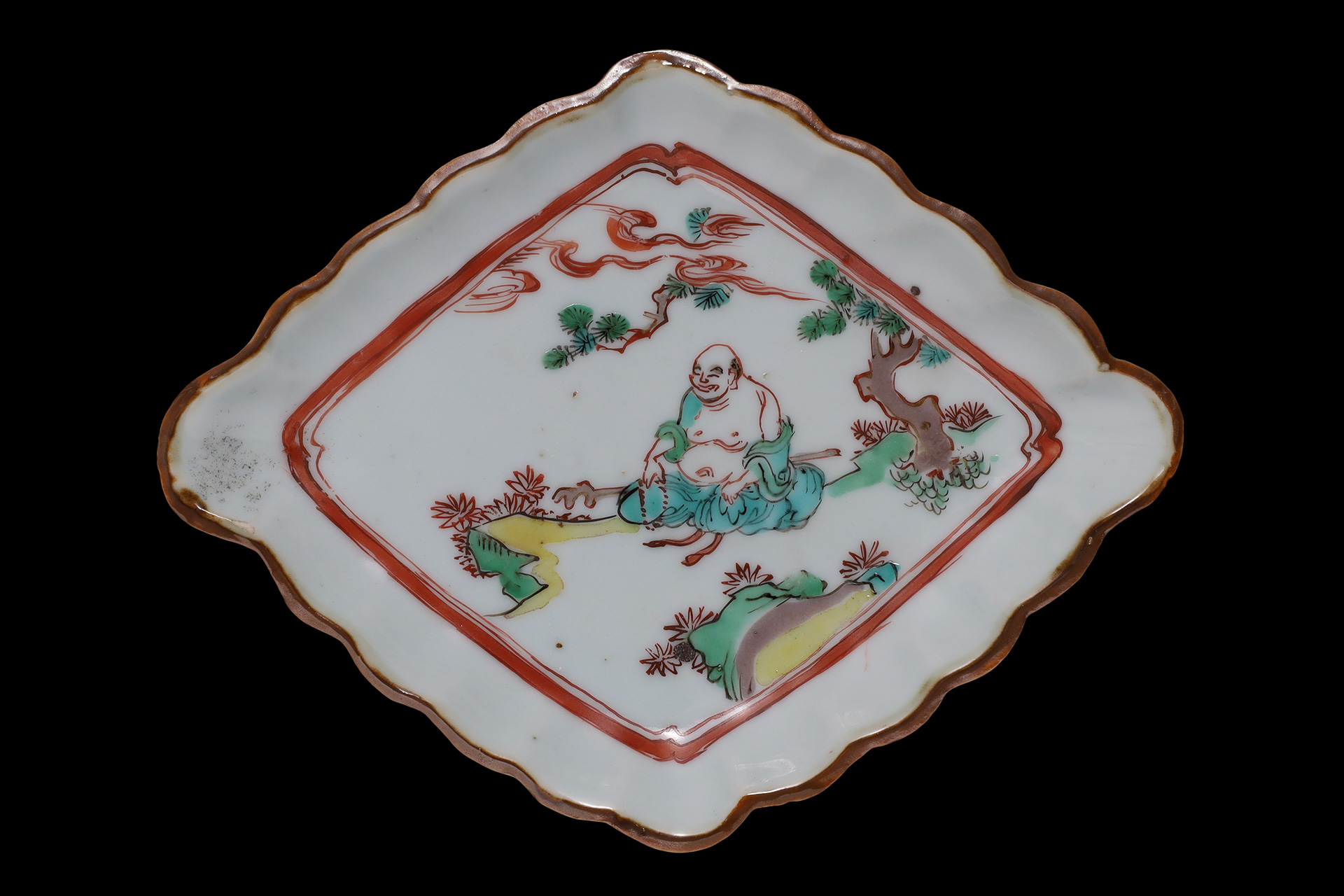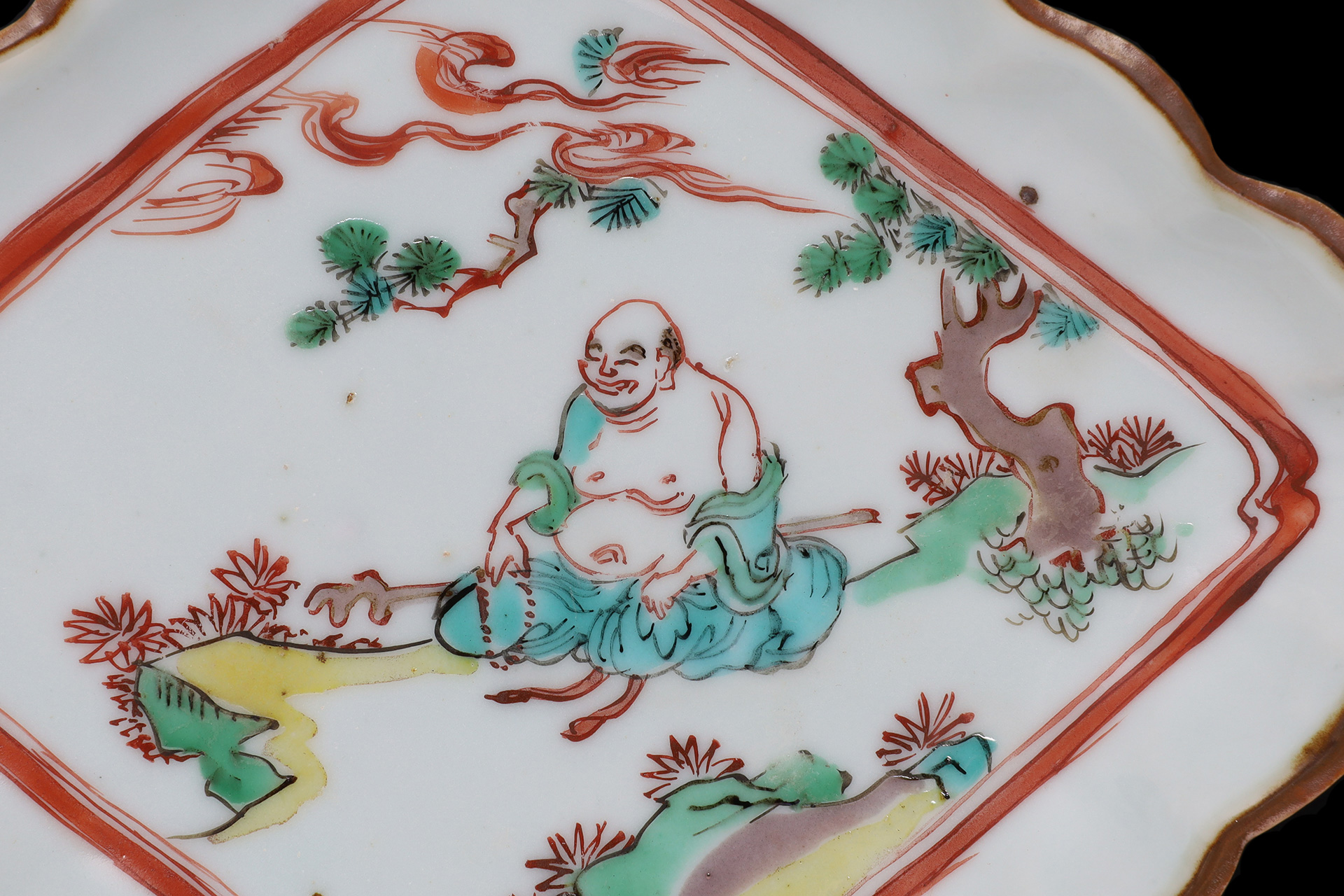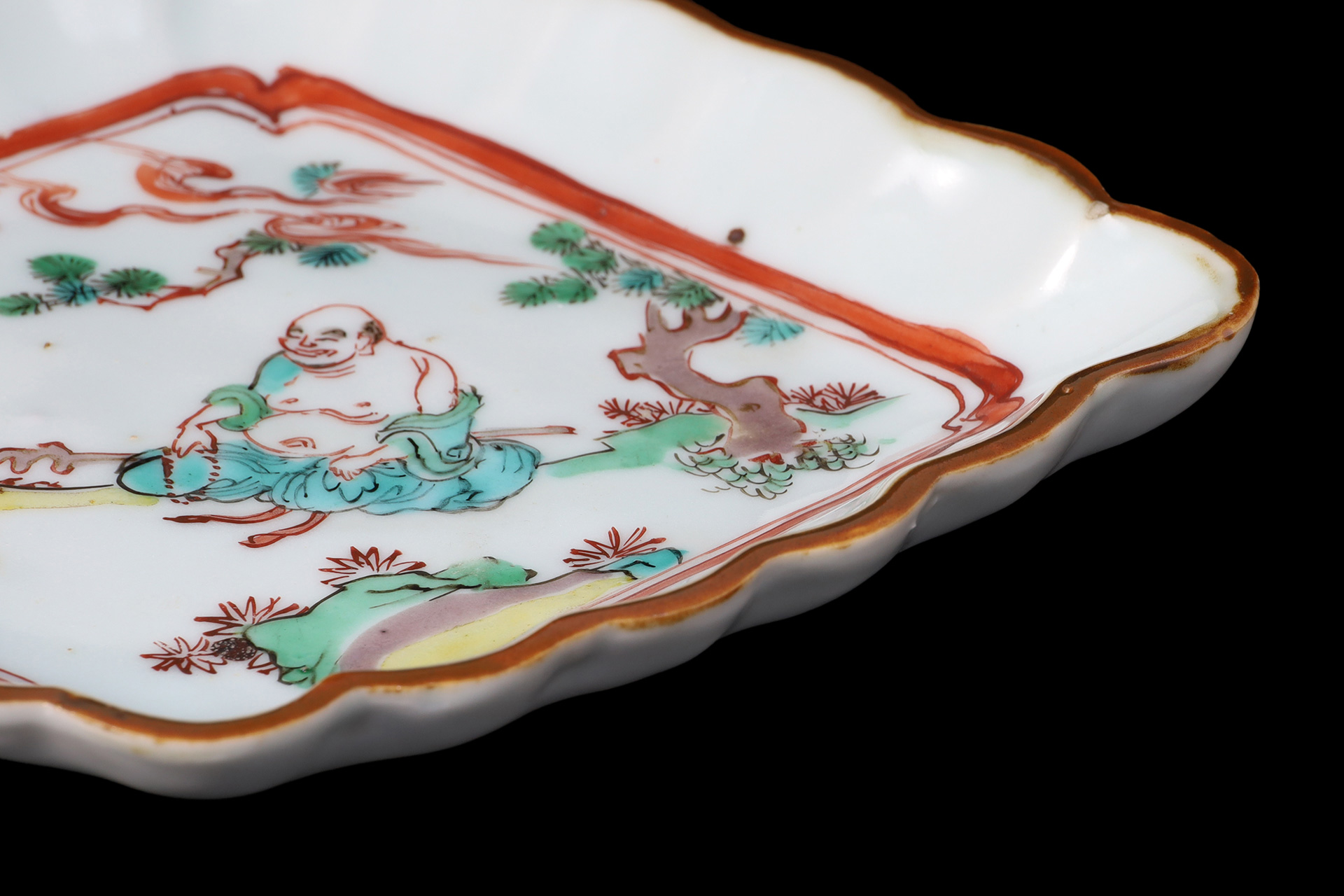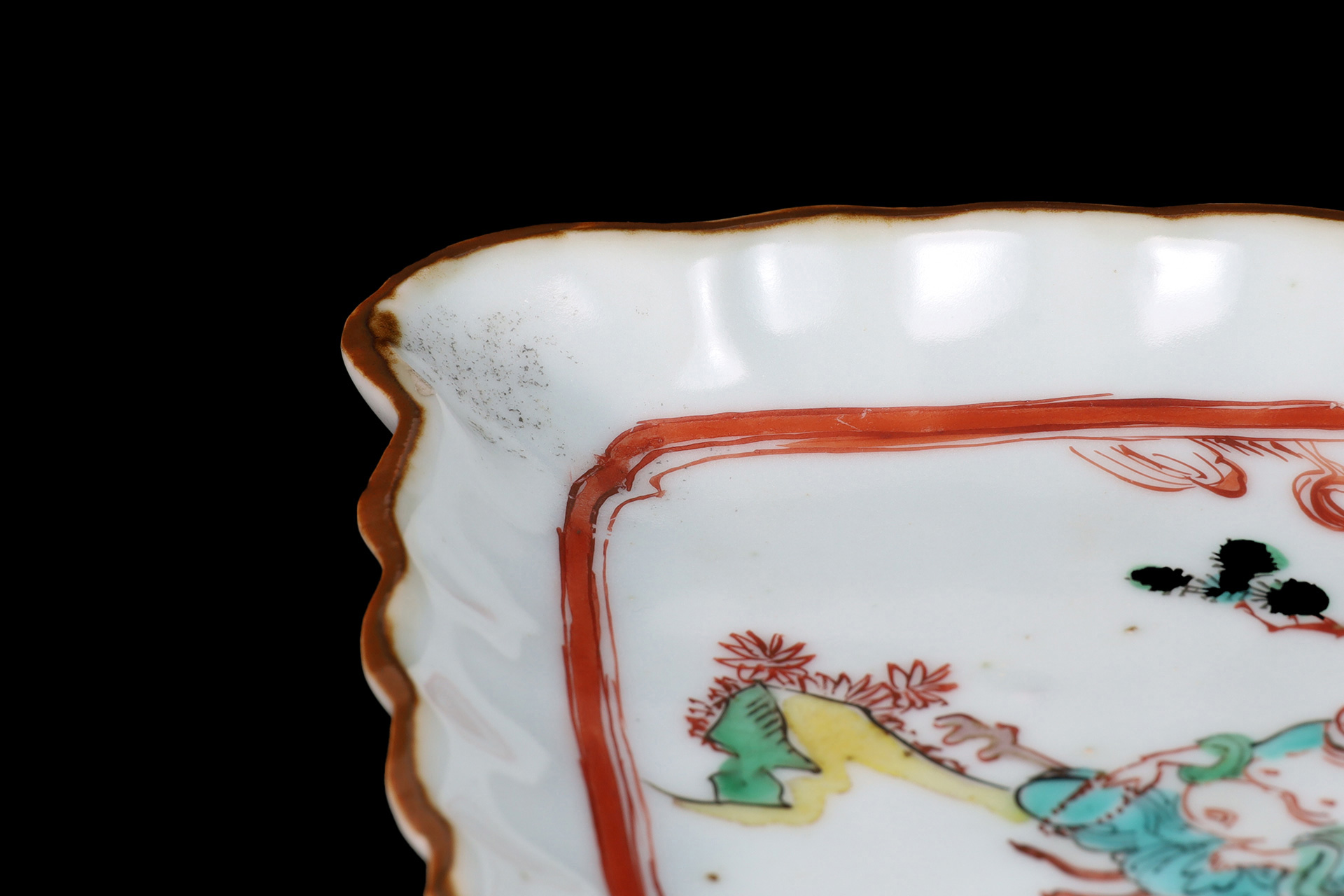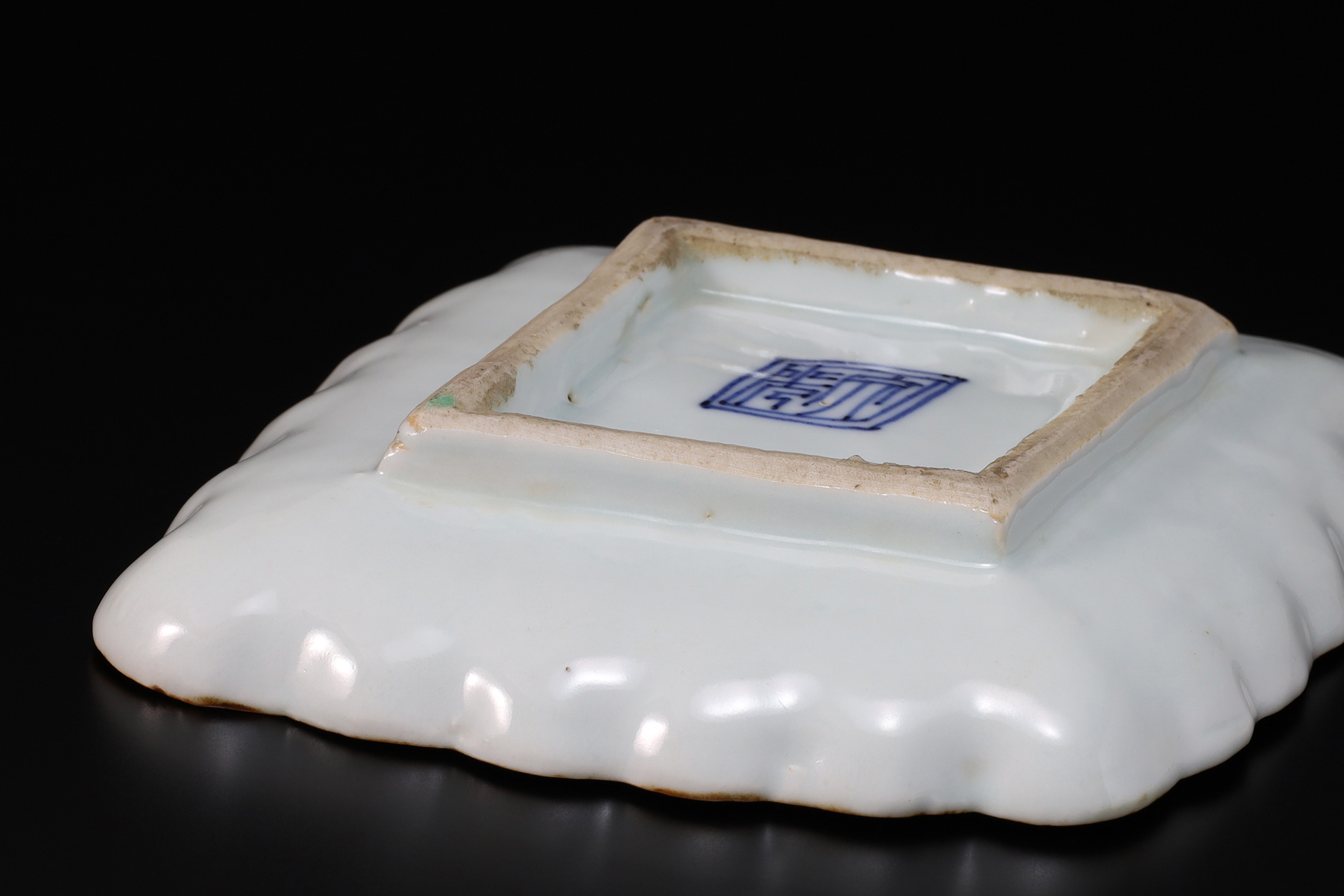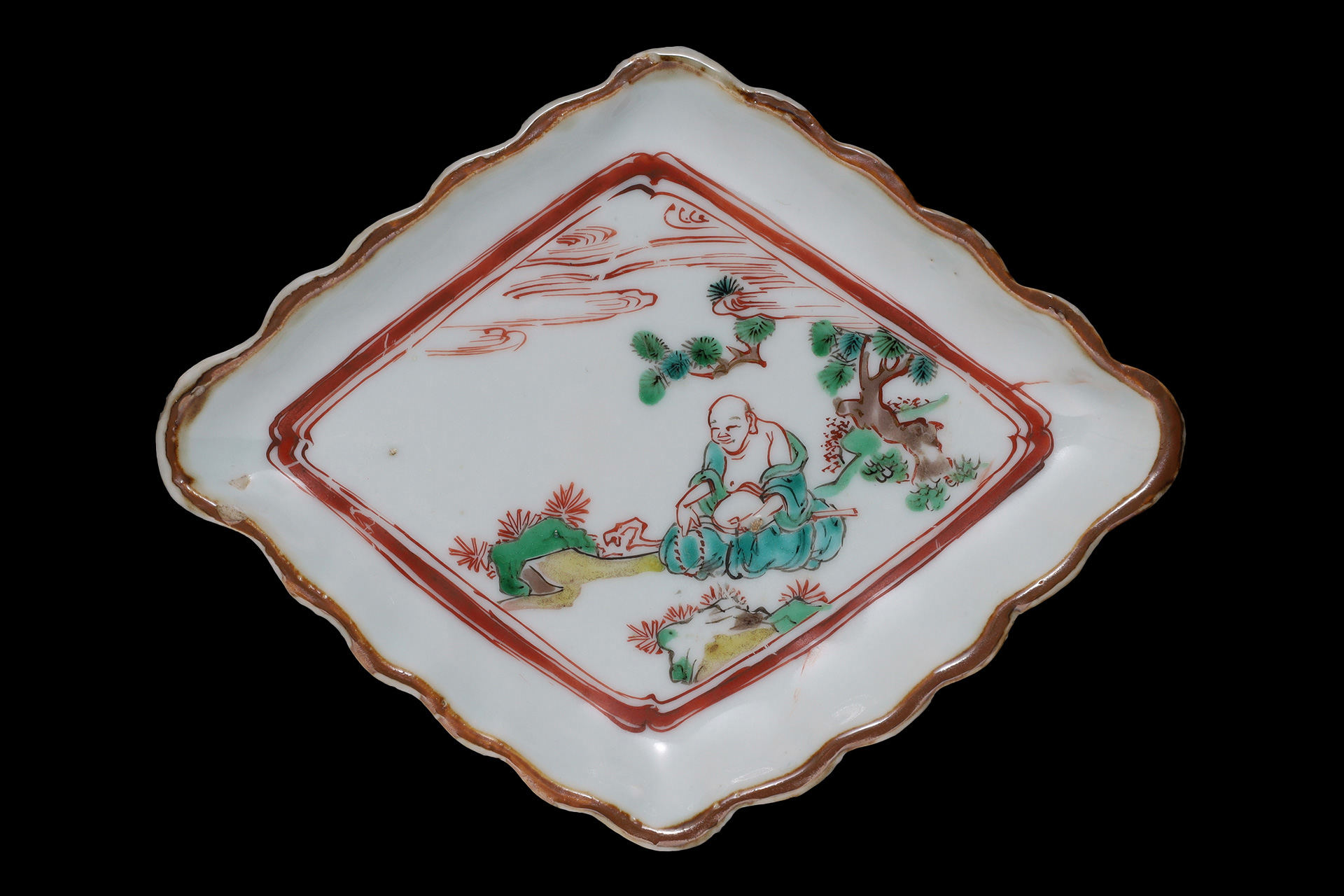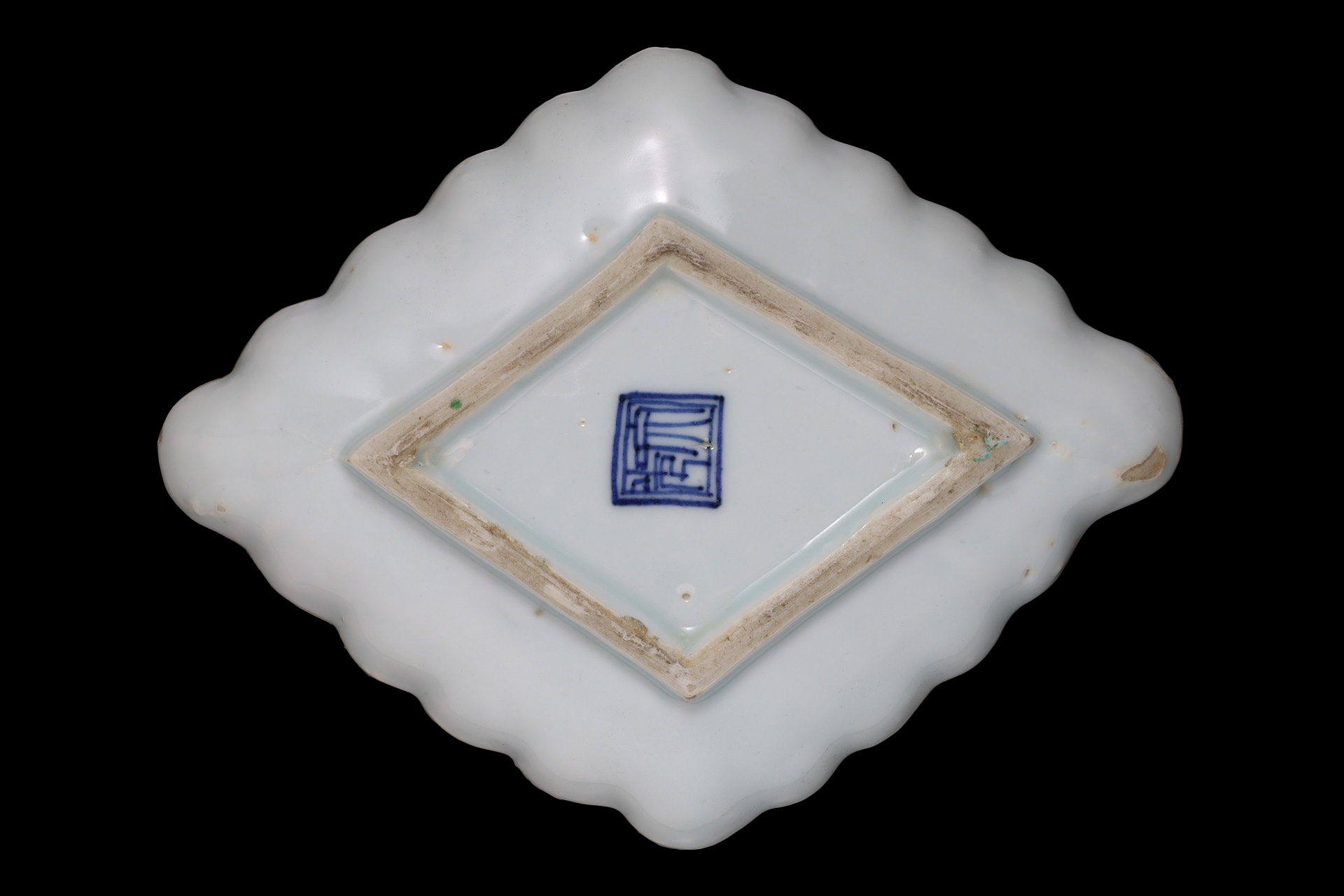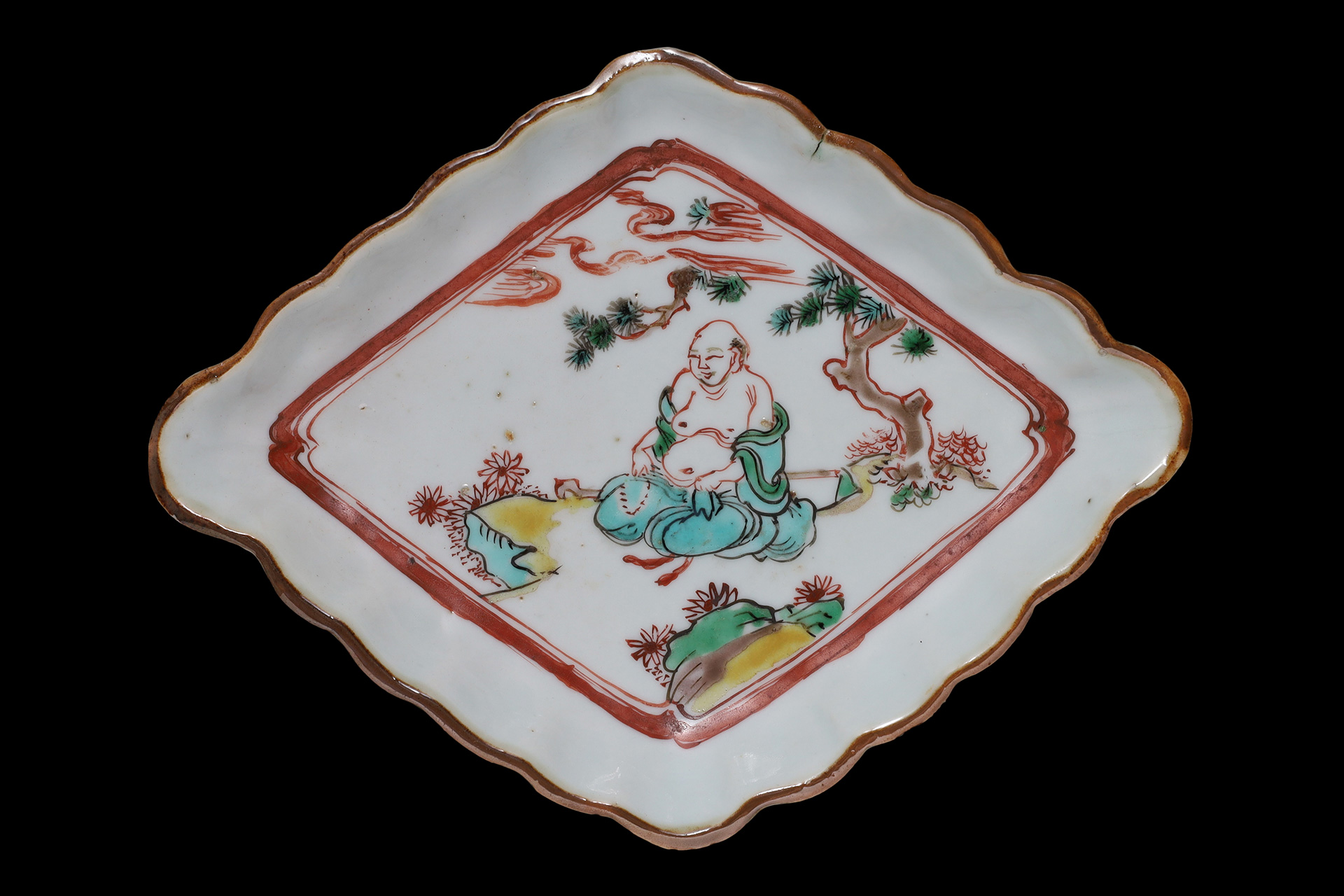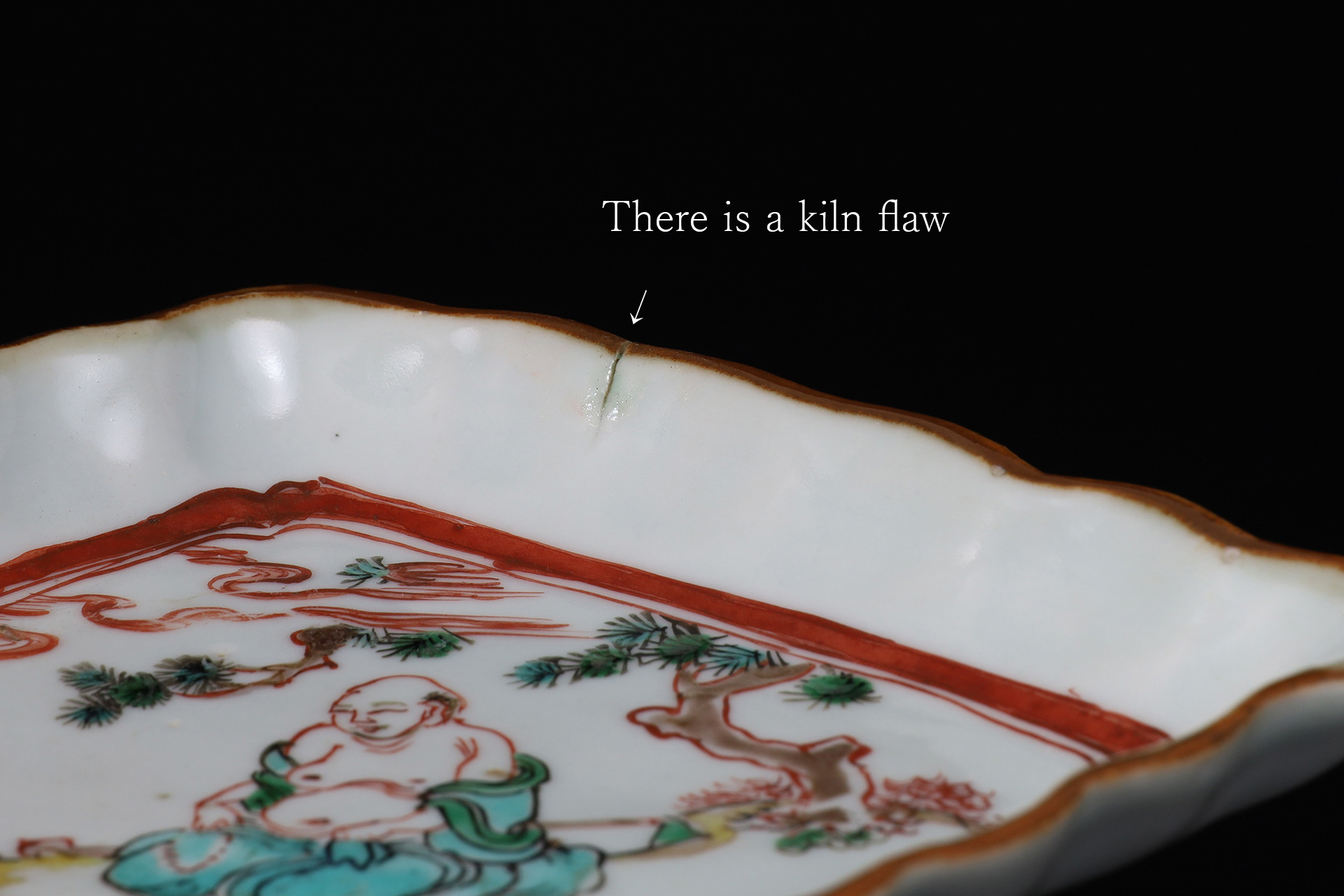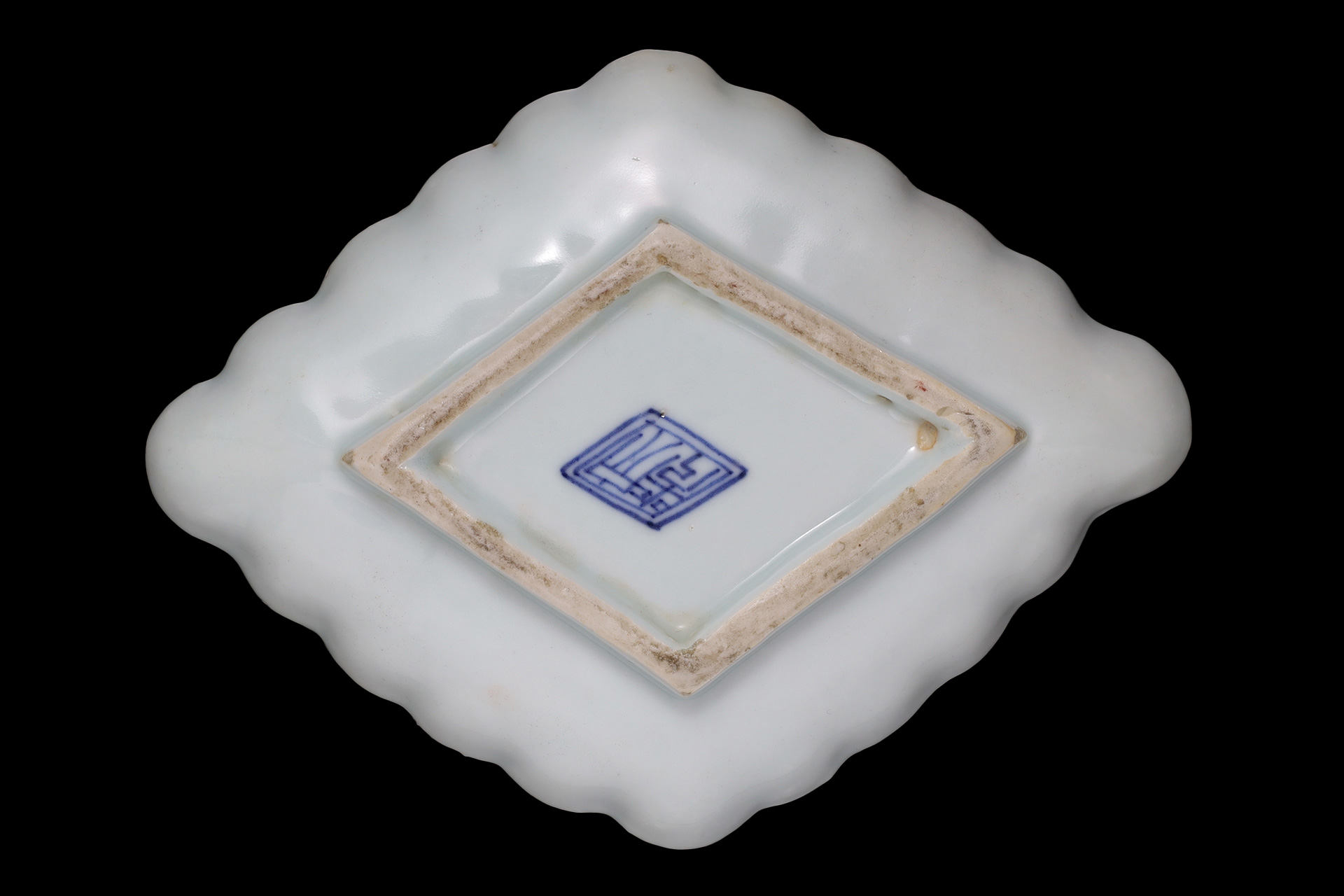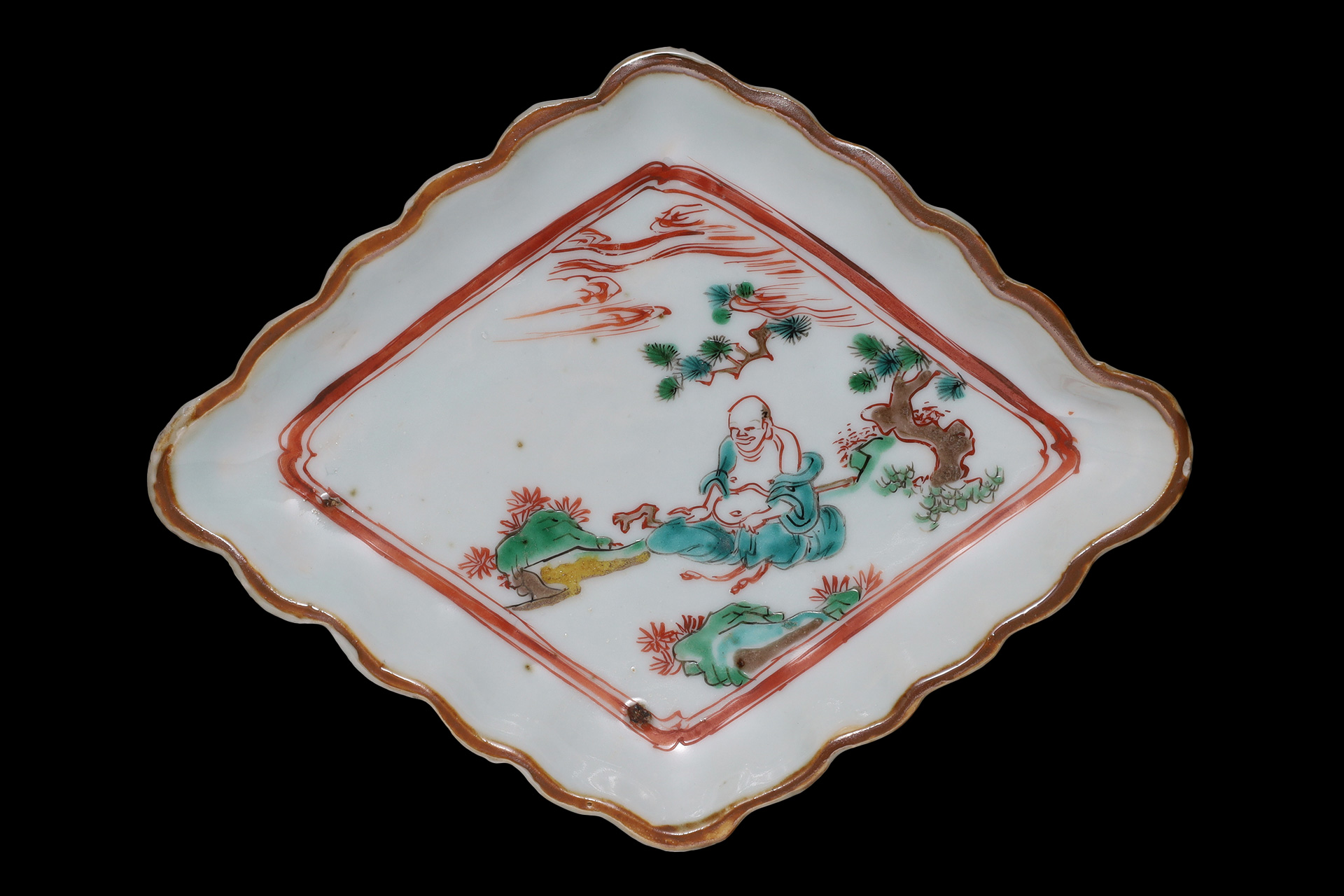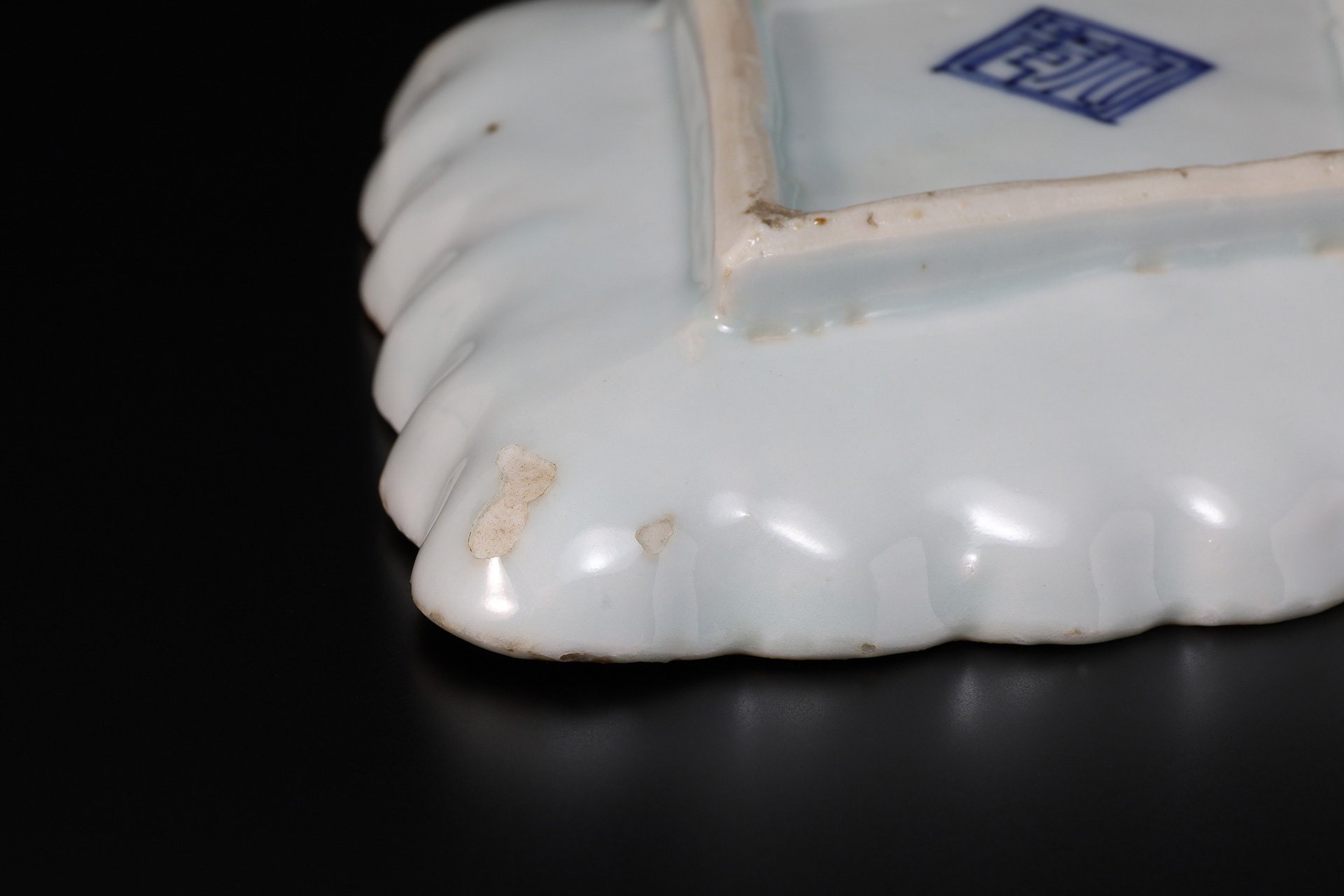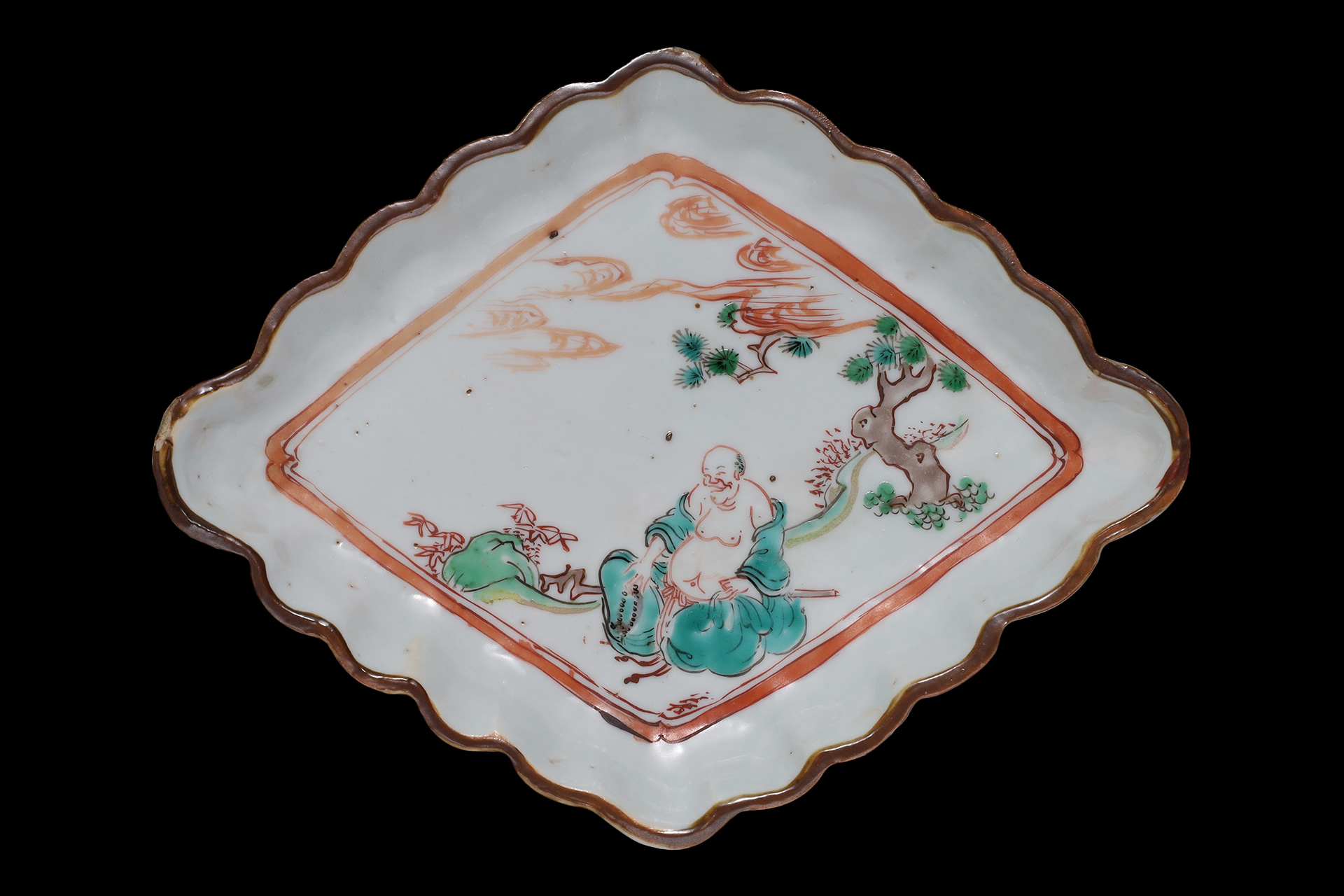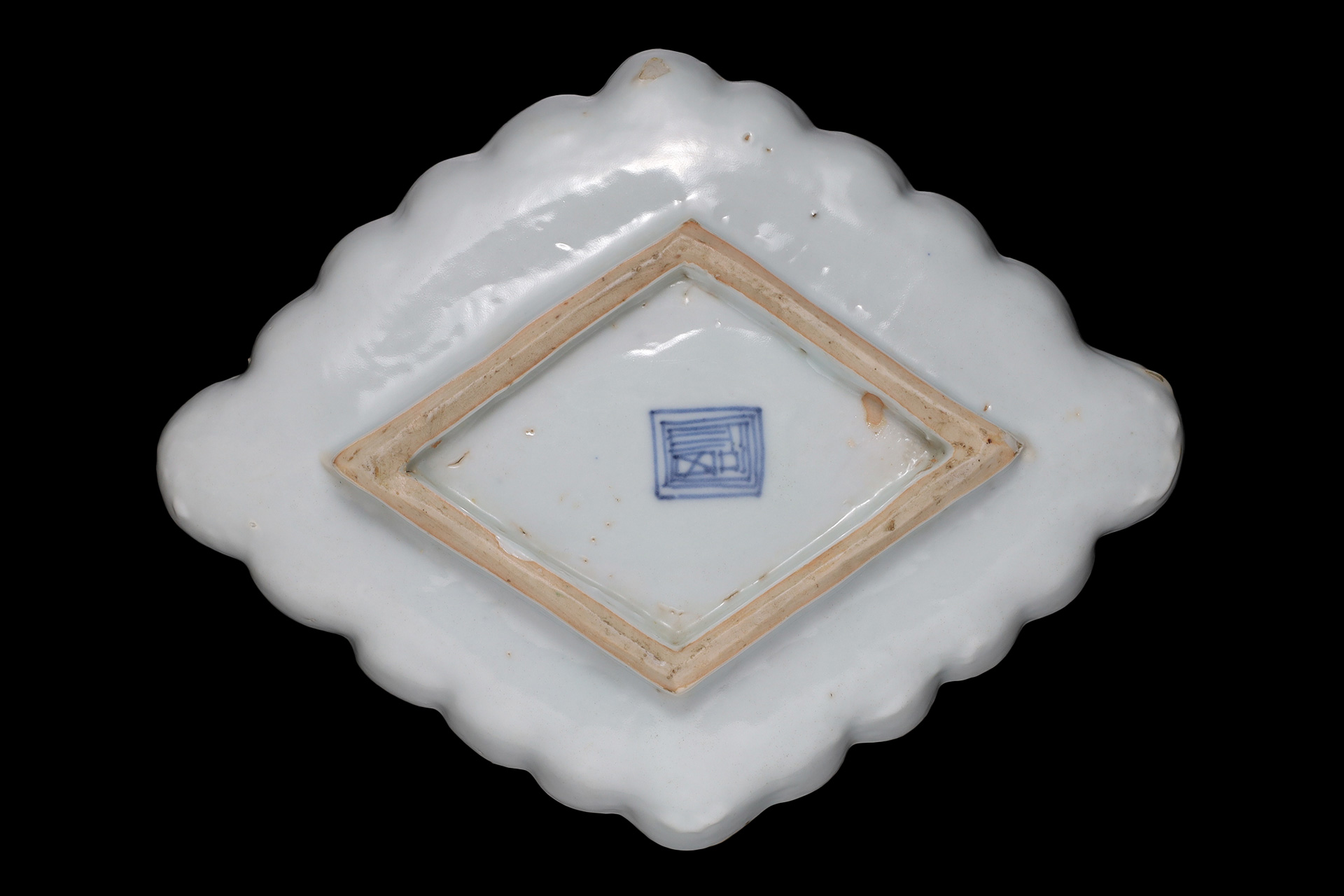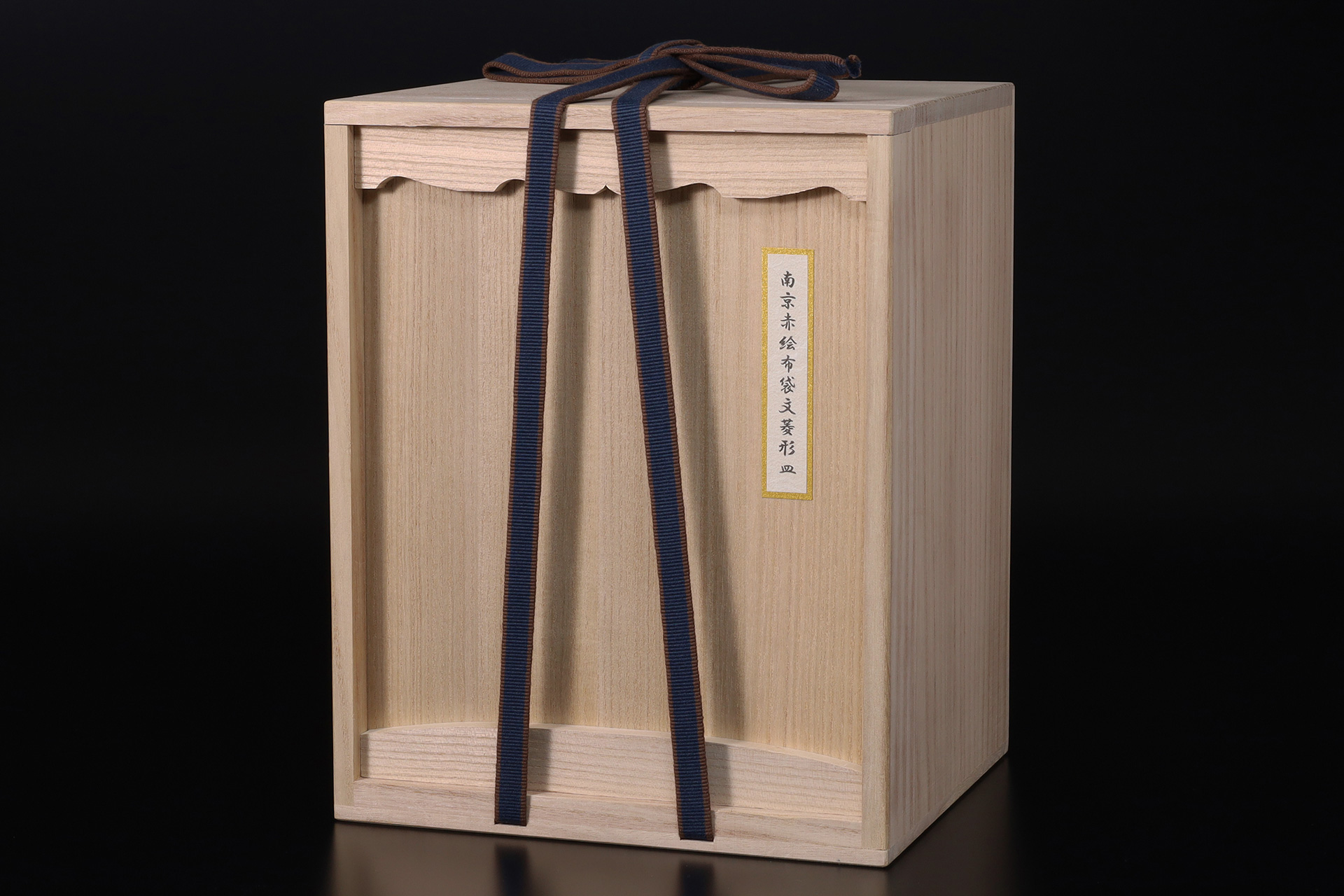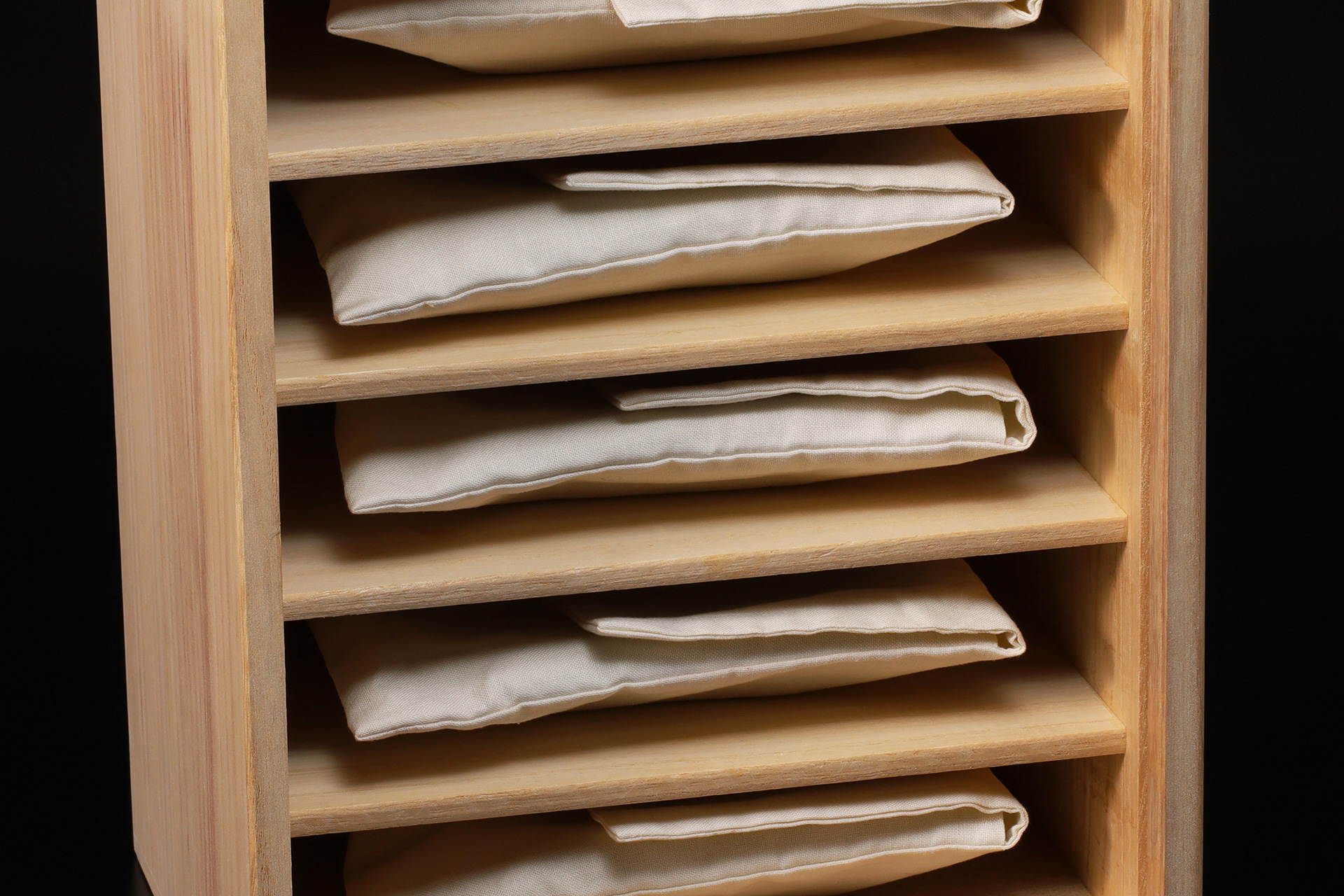Set of Five Nanking Aka-e Rhombus Dishes with Hotei Motif (Ming-Qing Dynasty)
600,000Yen(Tax Included)
On thick white porcelain, vibrant five-color enamels bloom with spirited freedom. The expressive brushwork of Nanking Aka-e harmonizes with the clarity of the base, quietly honoring the blessings of Hotei. Revered in China as an incarnation of Maitreya, and in Japan as one of the Seven Lucky Gods, he is a symbol of abundance and tranquility.
- Period
- Ming-Qing Dynasty
17th century
- Weight
- Approx. 282g per piece
- Width×Depth
- Approx. 18.7 × 14.3cm
- Height
- Approx. 3.0cm
- Bottom Diameter
- Approx. 11.3 × 8.1cm
- Accompaniments
- Tiered Paulownia box
- Condition
- Intact (There are mushikui on the rim)
The surface quality, enamel coloration, and firing are all ideal, and the work remains in excellent condition. One piece bears a minor kiln flaw on the rim.


Nanking Aka-e
Nanking Aka-e refers to five-color porcelain wares fired at the Jingdezhen kiln during the late Ming to early Qing dynasties. In a narrower sense, it tends to be distinguished from Tianqi Aka-e and Iroe Shonzui, and is regarded as a distinct stylistic tradition. The name originates from the fact that Nanking was the capital of the Ming dynasty, and has come to serve as a broad, somewhat ambiguous term for color-enamel (wucai) porcelain imported from China. These works are typically coated with a translucent milky-white glaze and decorated exclusively with overglaze enamels, with minimal use of underglaze blue. Pieces produced for Europe were primarily large-scale works – jars, dishes, ewers, vases, flasks, and lidded vessels – while those made for Japan consisted mainly of tableware and tea utensils.
